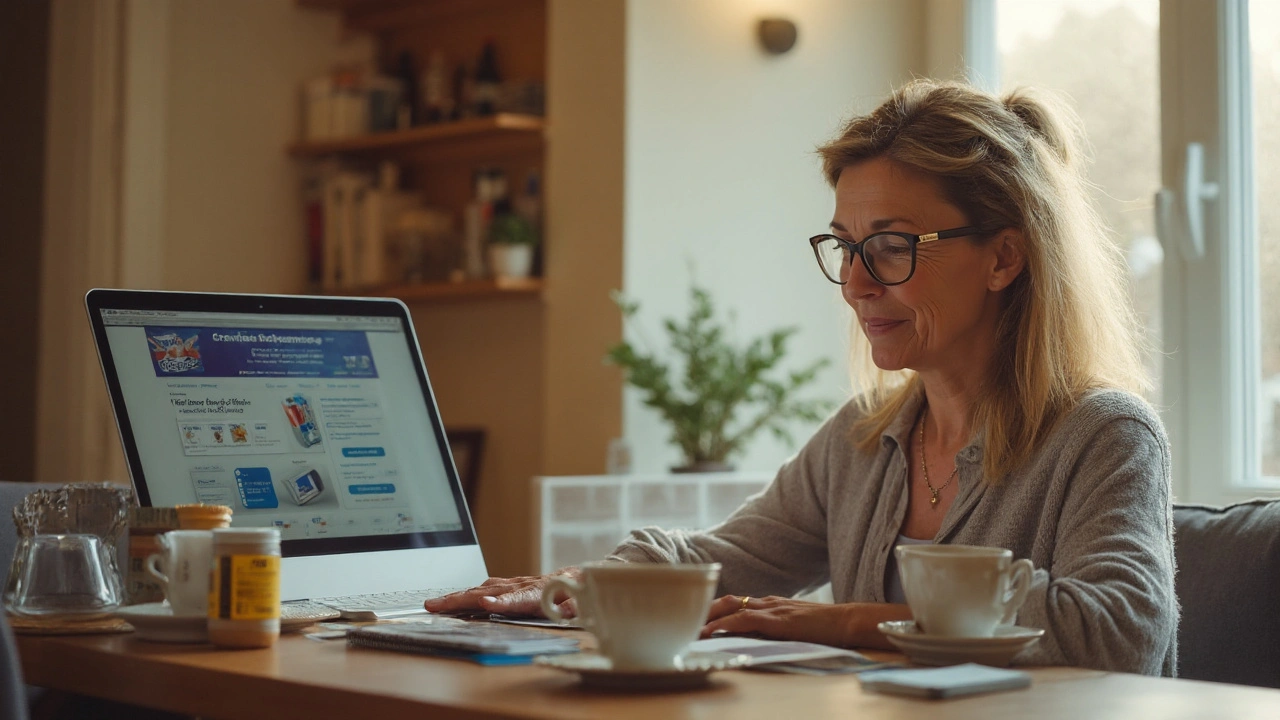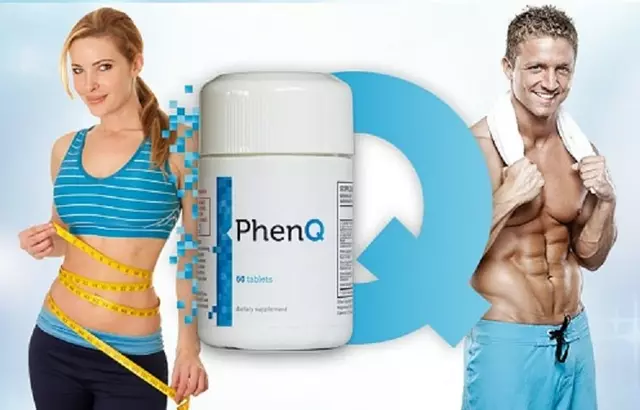Safe Online Pharmacy: How to Buy Prescription Meds Safely
Buying medicine online can be convenient — and risky. Some sites sell genuine drugs, while others ship fakes, wrong doses, or nothing at all. This guide gives clear, practical steps you can use right now to tell the good pharmacies from the bad ones.
How to spot a legit online pharmacy
Look for a pharmacy license and a physical address. A trustworthy site will list a license number and the regulator that issued it. If you’re in the U.S., check the NABP VIPPS seal or FDA’s BeSafeRx resources. In other countries, search your local health regulator or pharmacy board for verification.
Does the site require a prescription? Any online pharmacy that sells prescription-only drugs without asking for a valid prescription is a red flag. Also check for a real pharmacist you can contact by phone or email — reputable pharmacies let you ask questions before you buy.
Secure payment and a protected website are must-haves. The URL should start with https:// and show a lock icon. Avoid sites that only accept wire transfers, money orders, or crypto — these methods are common for scammers.
Safe shopping steps
Start small. Order a single refill or a low-cost item first to test service, delivery time, and packaging. When your package arrives, check the pill shape, color, lot number, and expiration date. If anything looks off, stop taking the medication and contact your prescriber.
Watch prices. Extremely low prices can mean counterfeit or substandard drugs. Compare the cost with a known local or verified international pharmacy. If the price seems too good to be true, it probably is.
Read reviews carefully but don’t rely only on star ratings. Look for detailed, dated reviews and outside mentions of the site. Many fake shops use fake testimonials, so cross-check reviews on independent forums or consumer protection sites.
Pay attention to shipping and customs rules. Some countries restrict certain medicines, especially controlled substances. If your order is delayed or confiscated, you should be able to track it and get a clear explanation from the seller.
Keep records of your orders, receipts, and communication with the pharmacy. If something goes wrong, this documentation helps when you report the seller to regulators or your bank. And always talk to your doctor before starting a new medicine or switching suppliers.
One last tip: if a site pressures you with urgent language or countdown timers, step away. Legitimate pharmacies don’t rush you into buying. Use these checks every time you buy meds online — they take minutes but can protect your health and wallet.
Learn how to buy Glyburide safely online. Discover reliable pharmacies, recognize red flags, and keep your diabetes treatment on track—without leaving home.
View Details

